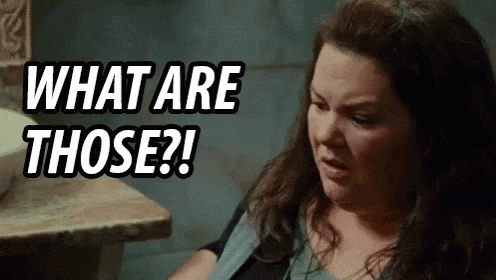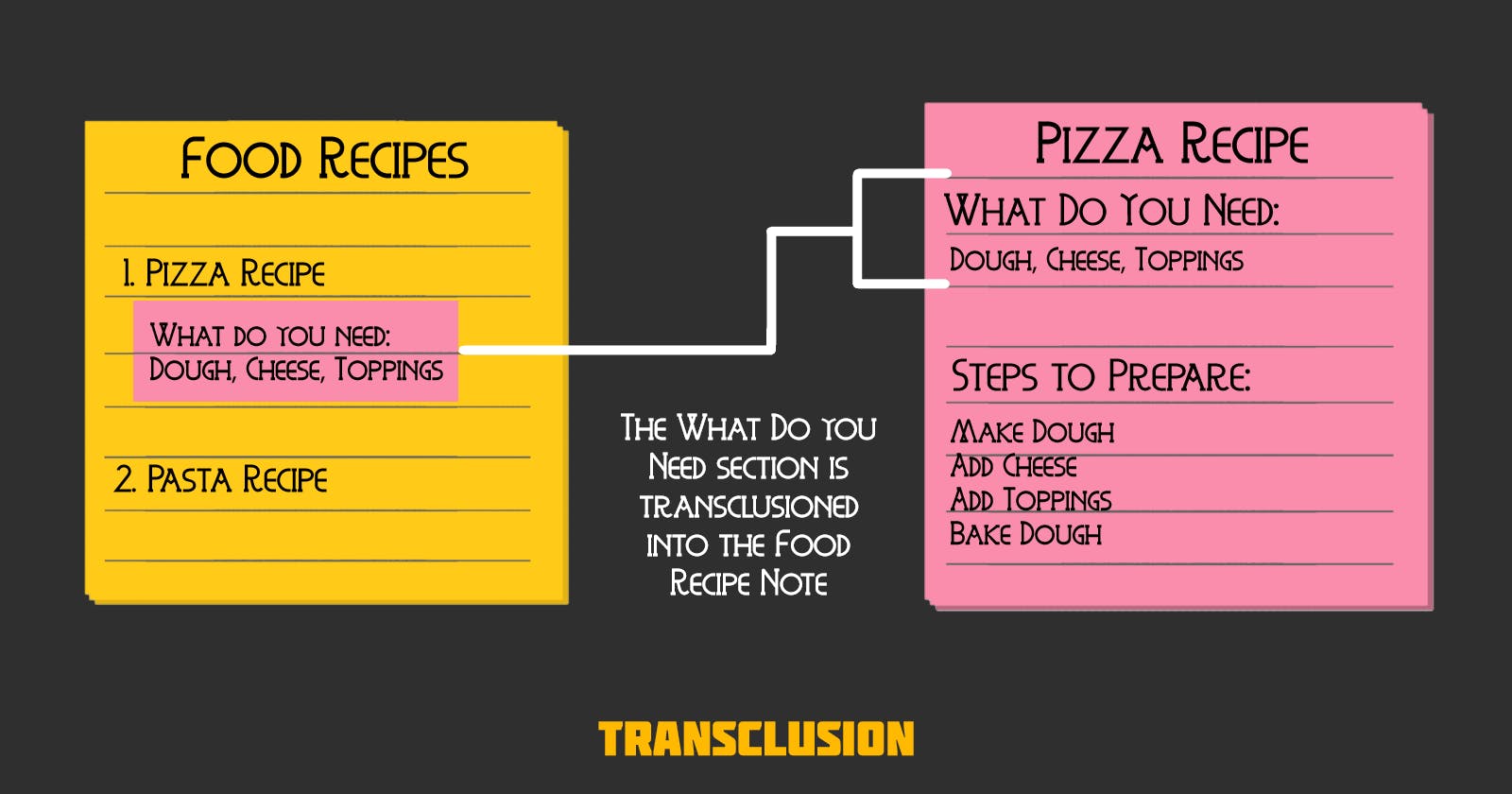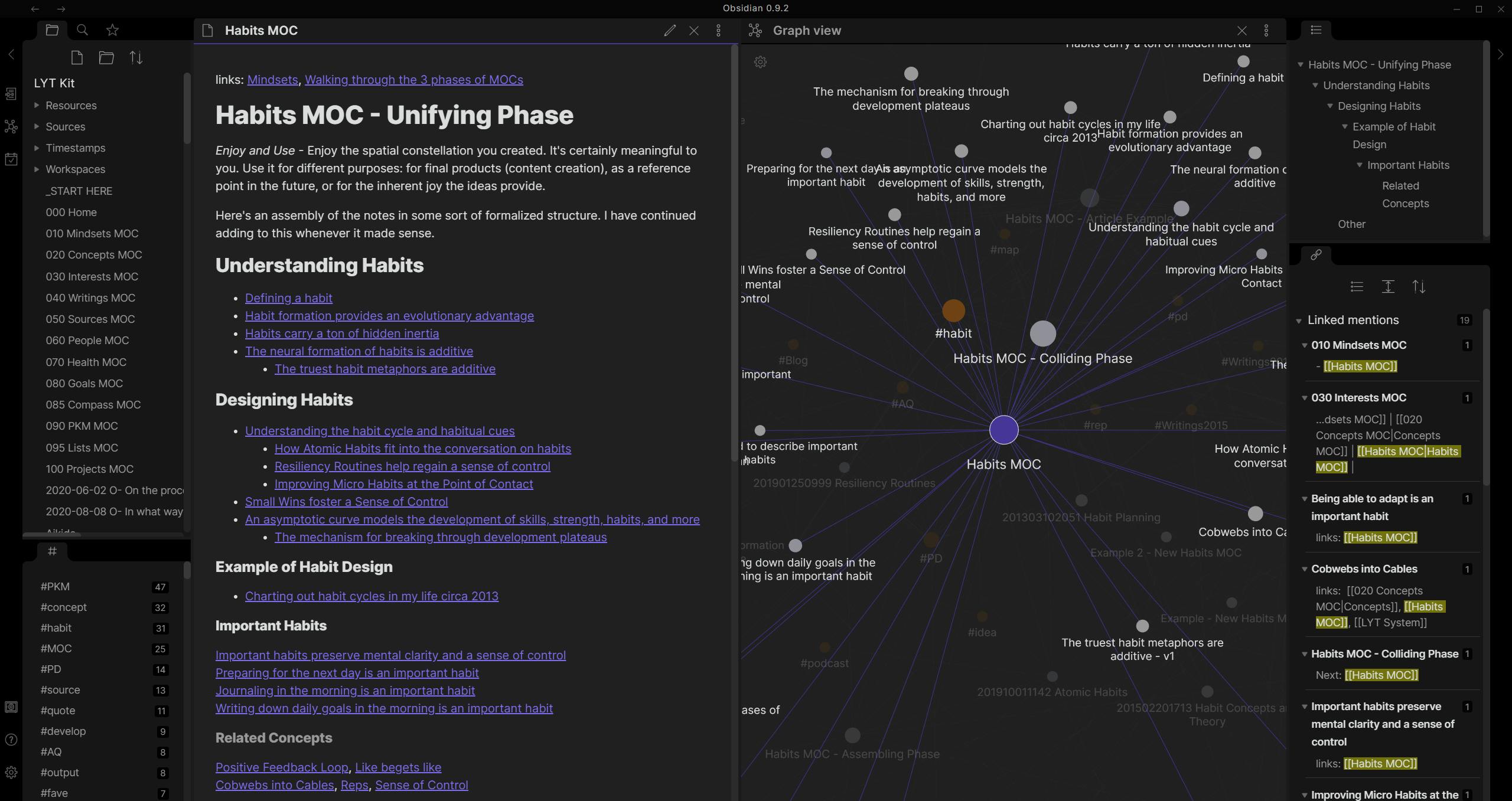Why do we need a second brain? 🤔
Working in the IT industry, one would realize that the thing of utmost importance is to constantly improve upon skills in order to stay relevant. It is paramount to record everything that we learn by taking down notes, saving important snapshots and constantly immersing in these notes. We consume so much information on a daily basis that just noting them down on a simple note taking app would not be enough. Without proper structure, all that knowledge can quickly become non accessible and regularly re-organizing these notes is the only way to keep them usable in the longer run.
For quite some time now, I have been searching for ways to organize notes. I came across several tools such as Notion, Roam Research, TiddlyWiki and Obsidian.
One could say that a well organized structure of folders and sub folders of files and notes can fulfill these needs, but this is not how our brain works. Our brain works in a non linear fashion. It jumps from one idea to another quickly and that is what promotes learning and ideation. Folders can only store data in a hierarchy but fails to make multiple links between two related information entities.
A new way to take notes 🧐
In order to mimic how the mind works with knowledge, we need to understand two concepts that powerful note taking apps generally employ, namely "backlinks" and "transclusions", but...

Backlink 🔗
Backlinks are a reference between two Note entities. Consider the following example:

Here we see that the Pizza Recipe and Pasta Recipe notes are backlinked to the Italian Food Recipes note. The same is seen for the Japanese Food Recipes as well. All these recipe notes are all backlinked to a broader note called Food Recipes. So if I were reading the Pizza Recipe I can easily traverse directly to the Food Recipes note and later discover other recipe categories and recipe notes.
This is something that can be done in Obsidian and Roam Research. These apps allow setting backlinks between several notes and in turn create a network of information. In Obisidan these networks can look really complex when backlinking notes becomes second nature and it could look something like this:

Transclusion 📑
Transclusion is the inclusion of part of say Note B in another Note A for ease of access. This way one can access a summary or a part of Note B in Note A without actually opening Note B. An example of this is shown below:

So what is Obsidian? 🤷🏽♂️
Obsidian plainly put is a powerful note taking app that works on local markdown files. The developers behind Obsidian try to mimic the collection of notes as a "Second Brain". The app makes sure that the notes are organized in a non linear fashion by making several links between them and in turn encourage the person to jump from one idea to another just like how an actual brain would think.

Why do I prefer Obsidian? 😎
- Obsidian is a free note taking application (Unlike Roam Research that costs about 15$ a month).
- The notes are written in the markdown format making it easy to format and gives the ability to save notes in a plain text file (Unlike Notion that uses a database to store notes). If you need an introduction to markdown, just have a look at this guide.
- Obsidian saves all the notes into your local hard drive and not in a database making them easy to access, and work with other applications with ease. Any text editor can open these notes and edit them.
- As mentioned above, Obsidian has support for Backlinks and Transclusion, and gives the ability to create a vast interconnected graph of notes that promotes easy traversal and search.
- Support for plugins built in. There are a vast collection of core and community plugins available to work along with Obsidian.
- Obsidian is available in Windows, Mac and Linux.
The only gripe I have with Obsidian is the fact that a mobile application does not exist at the moment, but the future for Obsidian seems promising and considering that the Obsidian is still in Beta and how stable it is, the team has given me great confidence that it will become even more better.
Do keep a lookout for my Obsidian series for tips on using Obsidian to make one more productive 😎.
